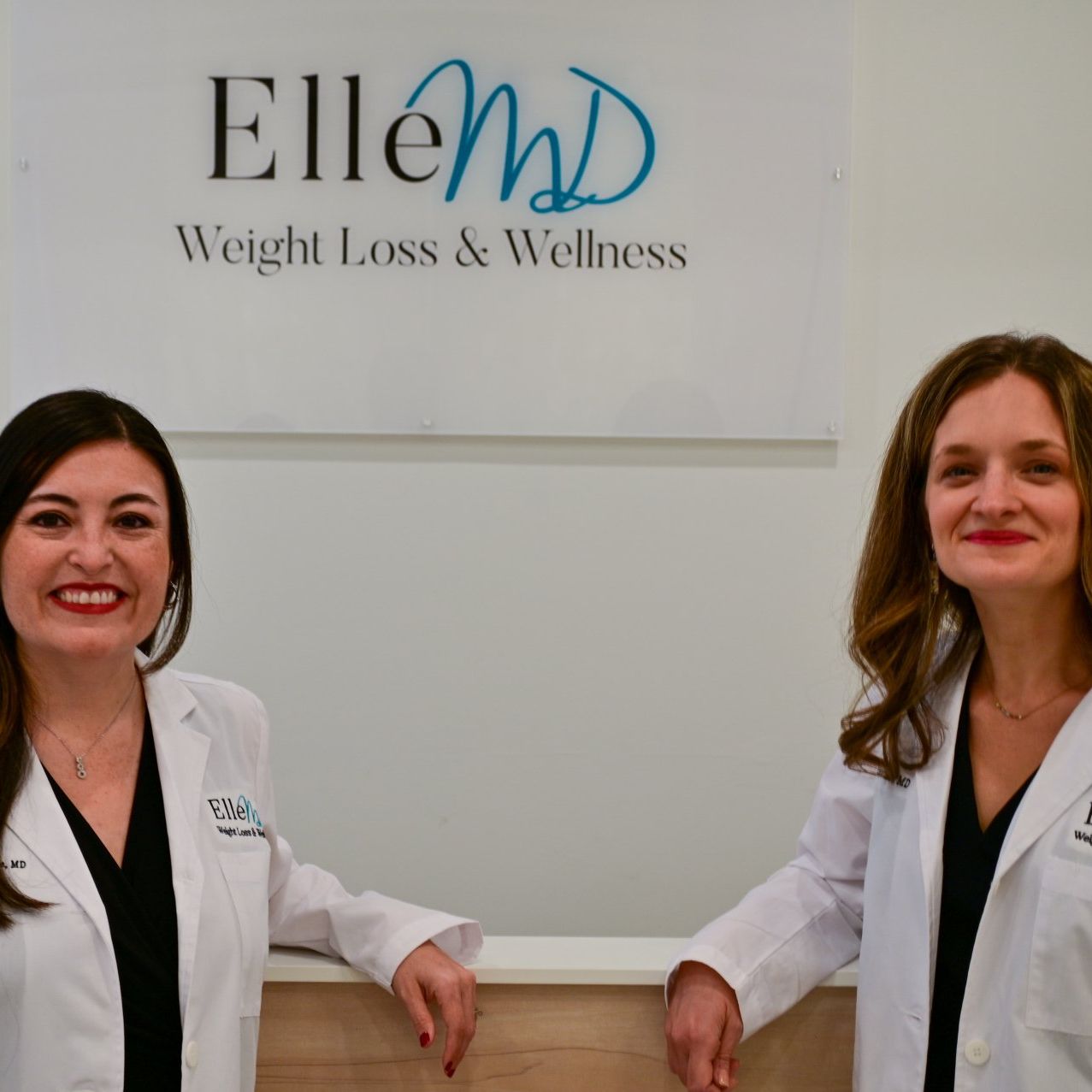Unraveling the Mystery of SIBO: Why Testing Matters
Understanding SIBO
SIBO, or Small Intestinal Bacterial Overgrowth, is a condition that has been gaining recognition in the medical community over the past few years. It occurs when there is an abnormal increase in the population of bacteria in the small intestine, which can lead to a wide range of digestive symptoms and discomfort. While the symptoms of SIBO can be similar to other gastrointestinal conditions, proper testing is crucial for an accurate diagnosis and effective treatment.
The small intestine is a vital part of our digestive system, responsible for absorbing nutrients from the food we eat. It should not contain a large population of bacteria; instead, most of our gut bacteria should reside in the colon. When bacteria overpopulate the small intestine, SIBO occurs. These bacteria can ferment carbohydrates and produce gasses like hydrogen and methane, causing various digestive symptoms, such as bloating, gas, diarrhea, and abdominal pain.
Why Testing Matters
Diagnosis
SIBO symptoms can often overlap with those of other gastrointestinal disorders like IBS (Irritable Bowel Syndrome), celiac disease, and Crohn's disease. Without proper testing, it can be challenging for healthcare providers to distinguish between these conditions, potentially leading to misdiagnosis and ineffective treatment.
Tailored Treatment
Effective treatment of SIBO depends on identifying the specific types of bacteria causing the overgrowth. Testing can reveal whether it is primarily hydrogen-dominant, methane-dominant, or a combination of both, helping healthcare providers choose the most appropriate treatment plan. Methane-dominant SIBO, for example, may require different interventions than hydrogen-dominant SIBO.
Preventing Complications
SIBO, if left untreated, can lead to various complications, including nutrient malabsorption and vitamin deficiencies. Testing for SIBO allows for early detection and intervention, preventing these complications from developing.
Testing for SIBO
The most common method to diagnose SIBO is the breath test. It involves consuming a specific substrate, such as lactulose or glucose, and then measuring the levels of hydrogen, methane, and hydrogen sulfide gasses in the breath over a few hours. Elevated gas levels indicate overgrowth, making breath testing a widely accepted and practical approach for SIBO diagnosis.
Testing for SIBO is crucial for accurate diagnosis and effective treatment. The symptoms of SIBO can be misleading, and without proper testing, it can be challenging to differentiate it from other gastrointestinal conditions. Early detection and tailored treatment are key to managing SIBO and preventing complications. If you suspect you may have SIBO, it is essential to consult a healthcare provider who can recommend the most appropriate testing method and guide you through the treatment process. Don't let SIBO remain a mystery – testing is the first step toward relief and improved digestive health.
*AI Disclosure:
This content may contain sections generated with AI with the purpose of providing you with condensed helpful and relevant content, however all personal opinions are 100% human made as well as the blog post structure, outline and key takeaways.
* Affiliate Disclosure: Some of the links on www.elle-md.com may contain affiliate links meaning that we will get a commission for recommending products at no extra cost to you.
*Blog Disclaimer: Please note that reading our blog does not replace any health or medical advice consultation. Read our blog disclaimer here.

Meet the Drs.
Dr. Hendriks and Dr. Castillo MacKenzie are board-certified physicians, female, specialized, with over 10 years of experience.
Elle MD started after practicing in a traditional primary care setting together for over a decade. We grew frustrated with the current healthcare model, which places no emphasis on addressing the root cause of chronic disease. A lot of times, conventional care doesn’t even promote overall wellness!
We founded Elle MD in Royal Oak, MI, with a vision of providing this care in a compassionate and personalized way.
Download your free guide


Contact us and get started on this journey today.
Contact Us
Thanks for your request!
We'll get back to you as soon as we can.
Please try again later.
Functional Medicine and Medical Weight Loss Clinic located in Royal Oak, and serving patients all across the state of Michigan.
Contact
Design by Natalia Maganda












